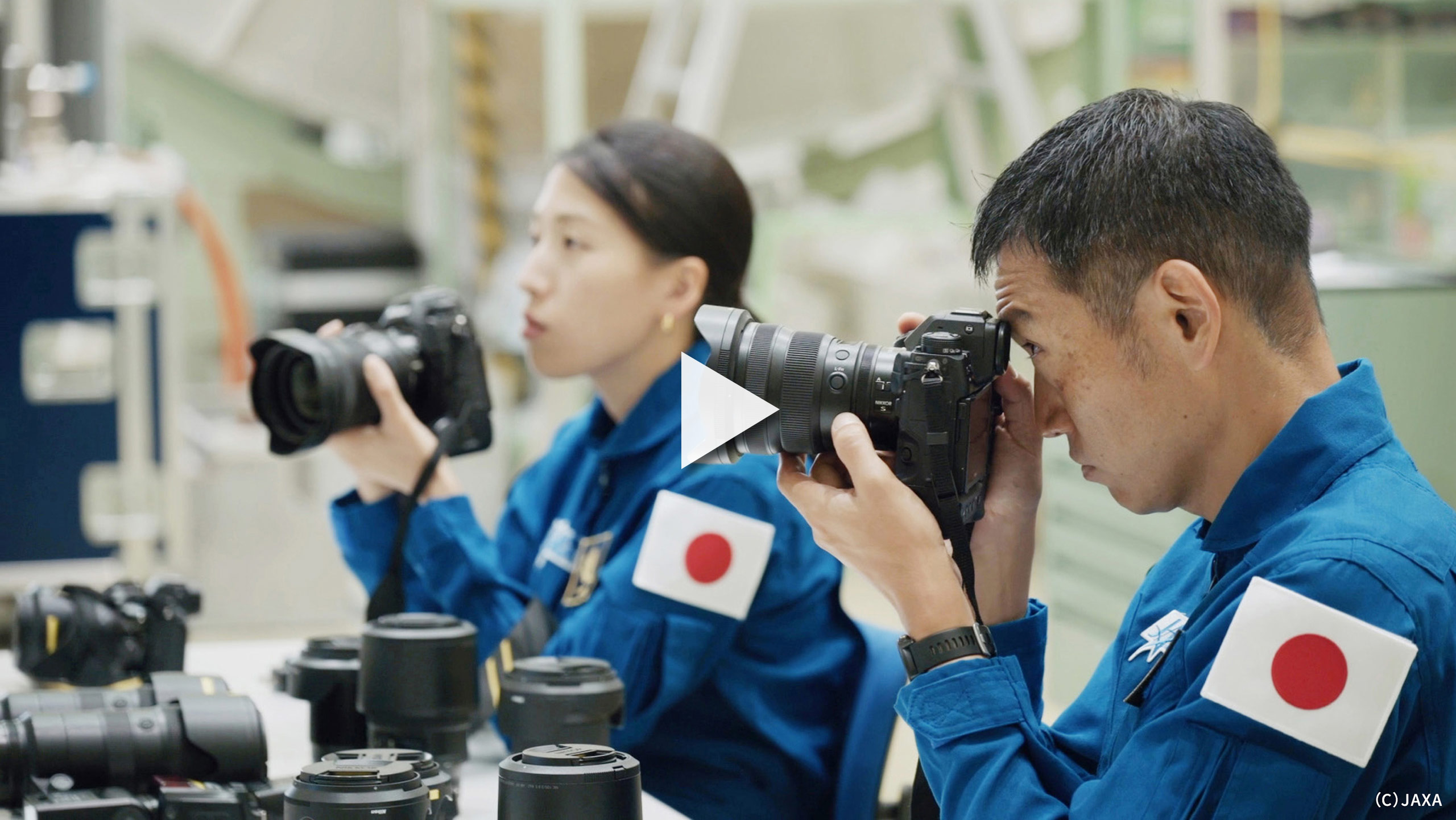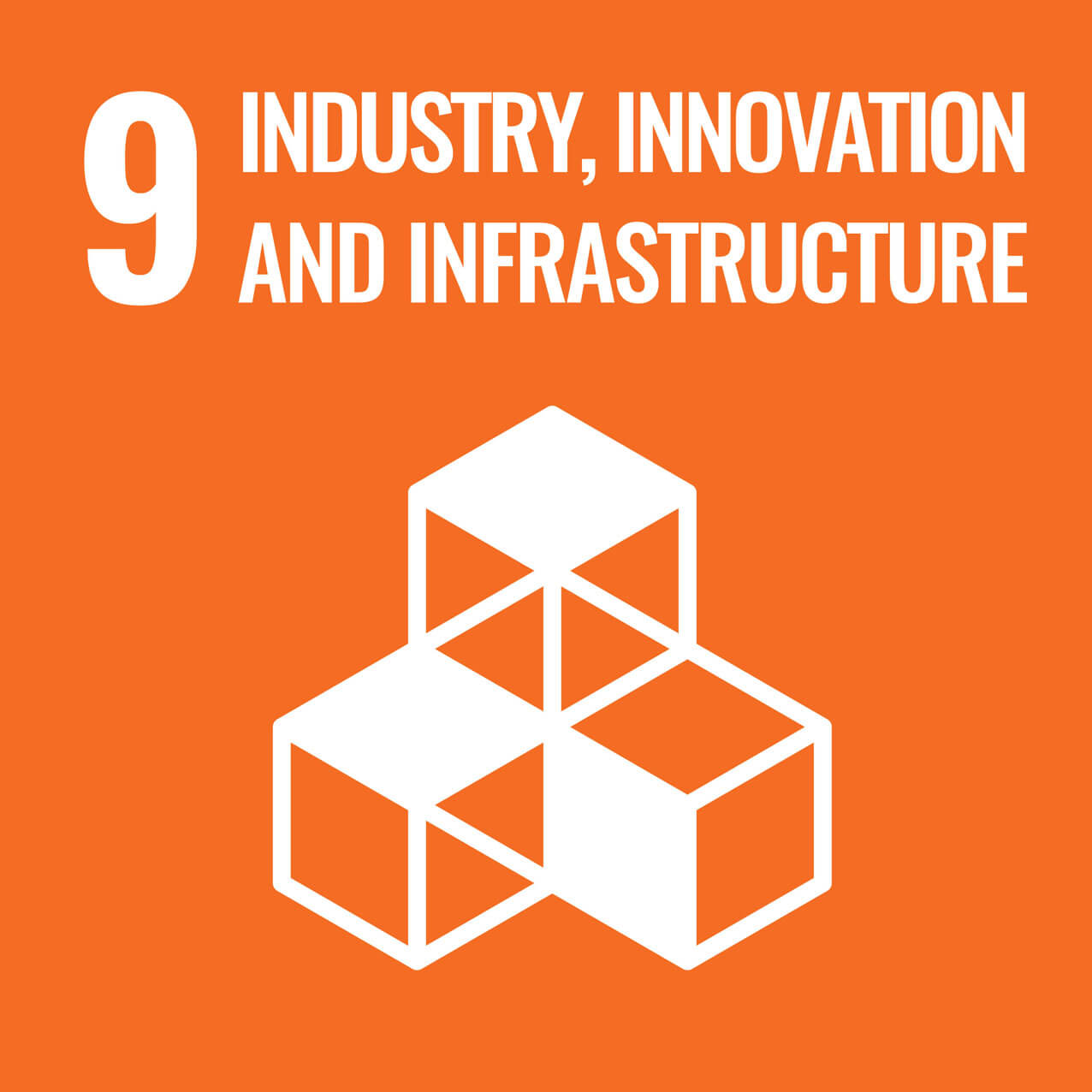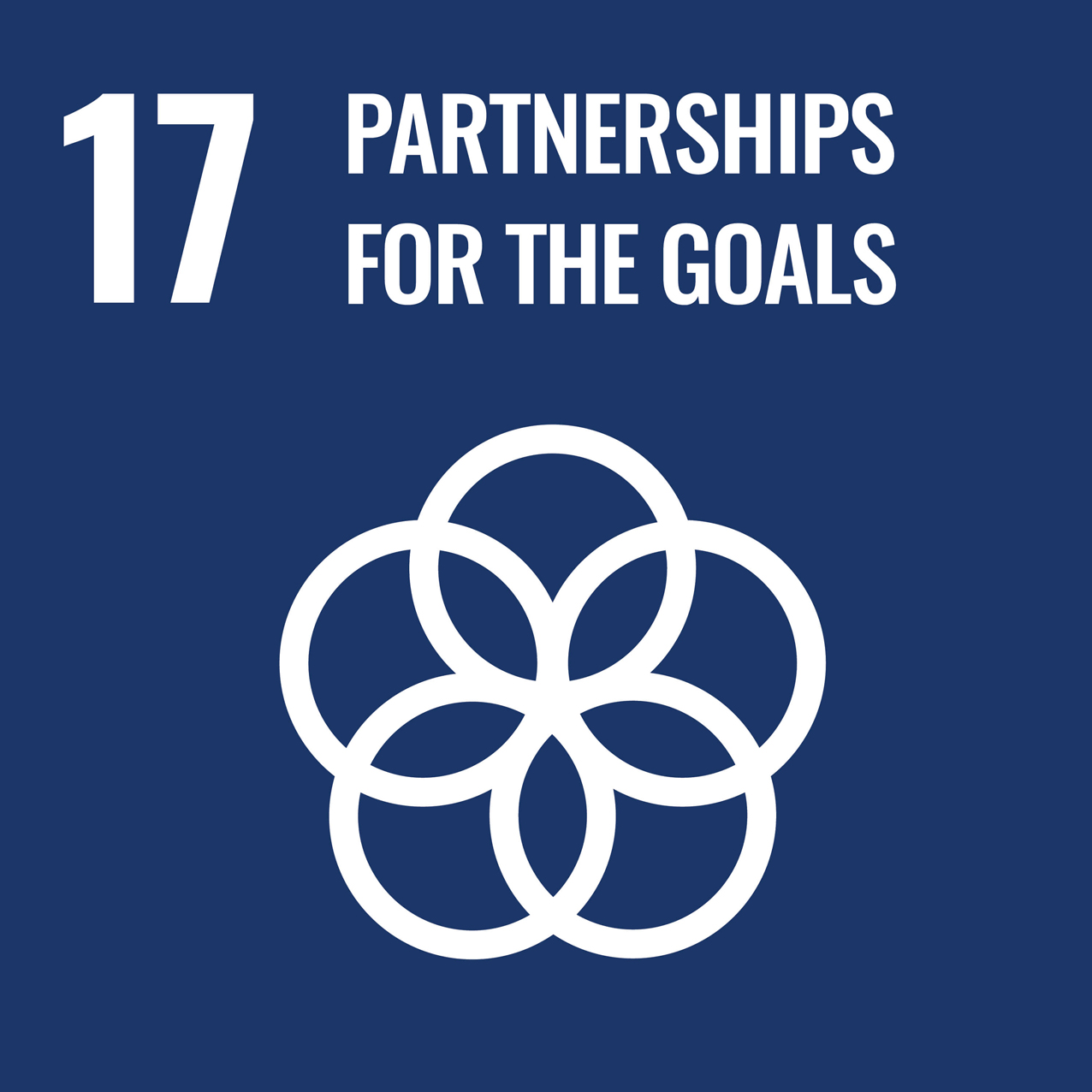The Power of Imaging: Bridging Space and Earth
highlight
More than 50 years after humanity first landed on its surface, the journey back to the Moon is underway with the Artemis program.
Amid this renewed push for space exploration, Makoto Suwa and Ayu Yoneda successfully passed one of Japan's most rigorous selection processes. After completing basic training, they both officially became Japan Aerospace Exploration Agency (JAXA) astronauts in October 2024. As part of their basic training, Nikon provided them with specialized photography training.
How can Nikon utilize the power of imaging to shape our understanding of space as well as the Earth?
Advancing space science
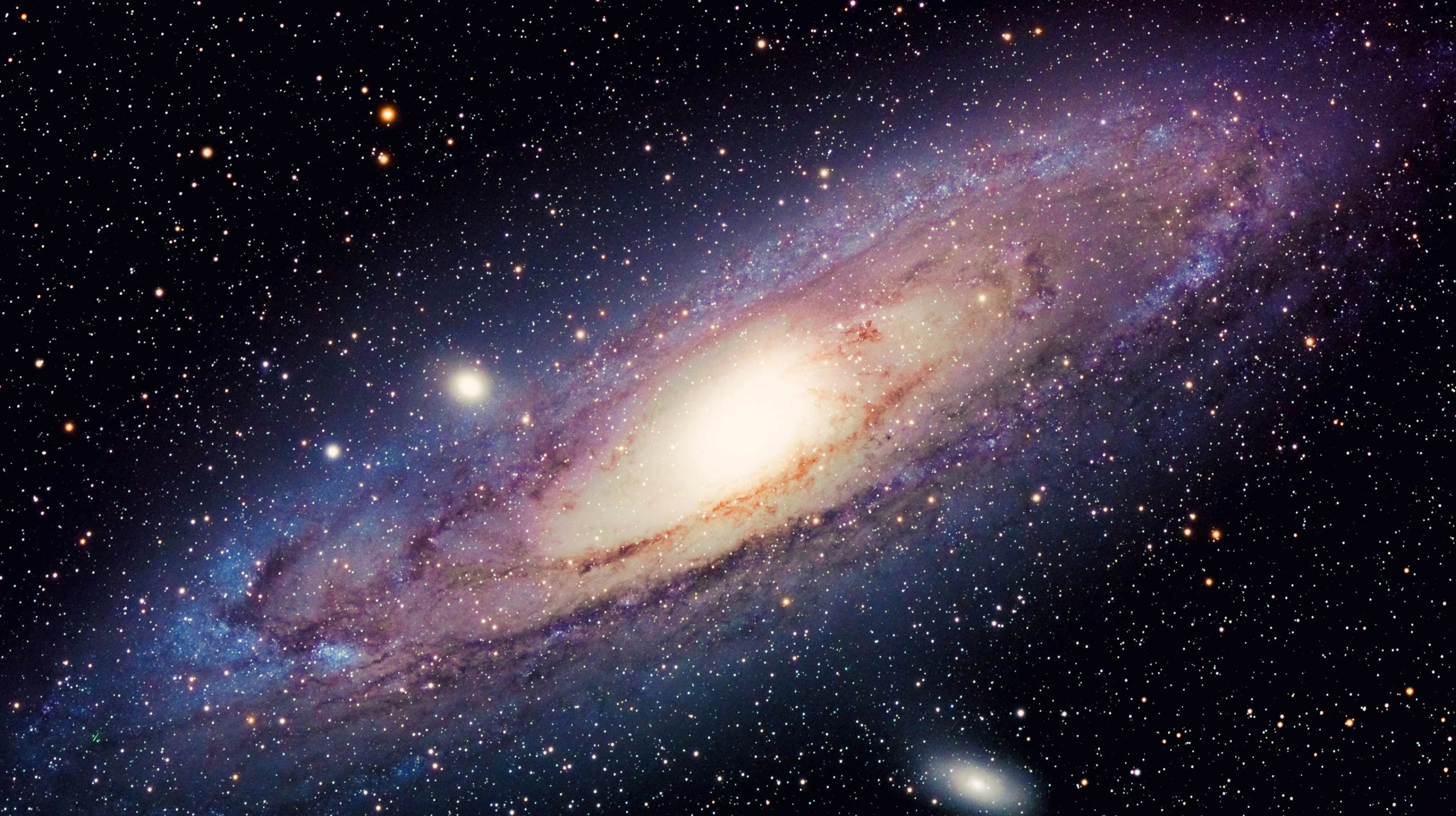
Space exploration is currently advancing at an unprecedented pace. What were once only science fiction stories are now rapidly becoming reality, with private citizens preparing to venture into space. Yet despite decades of research, only a fraction of the mysteries of the universe have been unlocked — most of it remains unknown.
Cameras have always been an integral part of space exploration. Photography and video transcend time and distance, shaping our understanding and influencing society in countless ways. In space, capturing images is more than just documentation, it provides crucial data for scientific research, improving the safety, security, and convenience of society, and continues to inspire people around the world. Even in this new era of private space travel, its importance remains as strong as ever.
For many years, Nikon has fostered curiosity about space and the natural sciences through its cameras and telescopes, supporting education and inspiring future generations. Moreover, the company has also contributed to space technology, including the development of satellite modules.
Now, Nikon has taken on a new challenge: training JAXA astronauts in photography, and thereby further deepening its role in advancing space science.
Nikon & JAXA

It all started with a request from JAXA through an agency: "We'd like you to train our astronauts* in photography."
Nikon's role was to teach astronauts how to effectively operate cameras and take photos in various conditions and situations, ensuring they could adapt to different environments and objectives. Capturing images in space is a high-stakes task — every shot is invaluable, and there's no room for mistakes. Despite such pressure, Nikon accepted the challenge, eager to contribute, and set the plan in motion.
The first step was selecting the right equipment for training. To make the sessions as practical as possible, Nikon chose the Z9 and NIKKOR Z lenses, the same models used aboard the International Space Station (ISS). Working closely with JAXA, the team carefully developed a training program, covering not only essential photography skills but also the unique challenges of shooting in space.
- *At the time of the request and training, the astronauts were still candidates.
Photography training for space
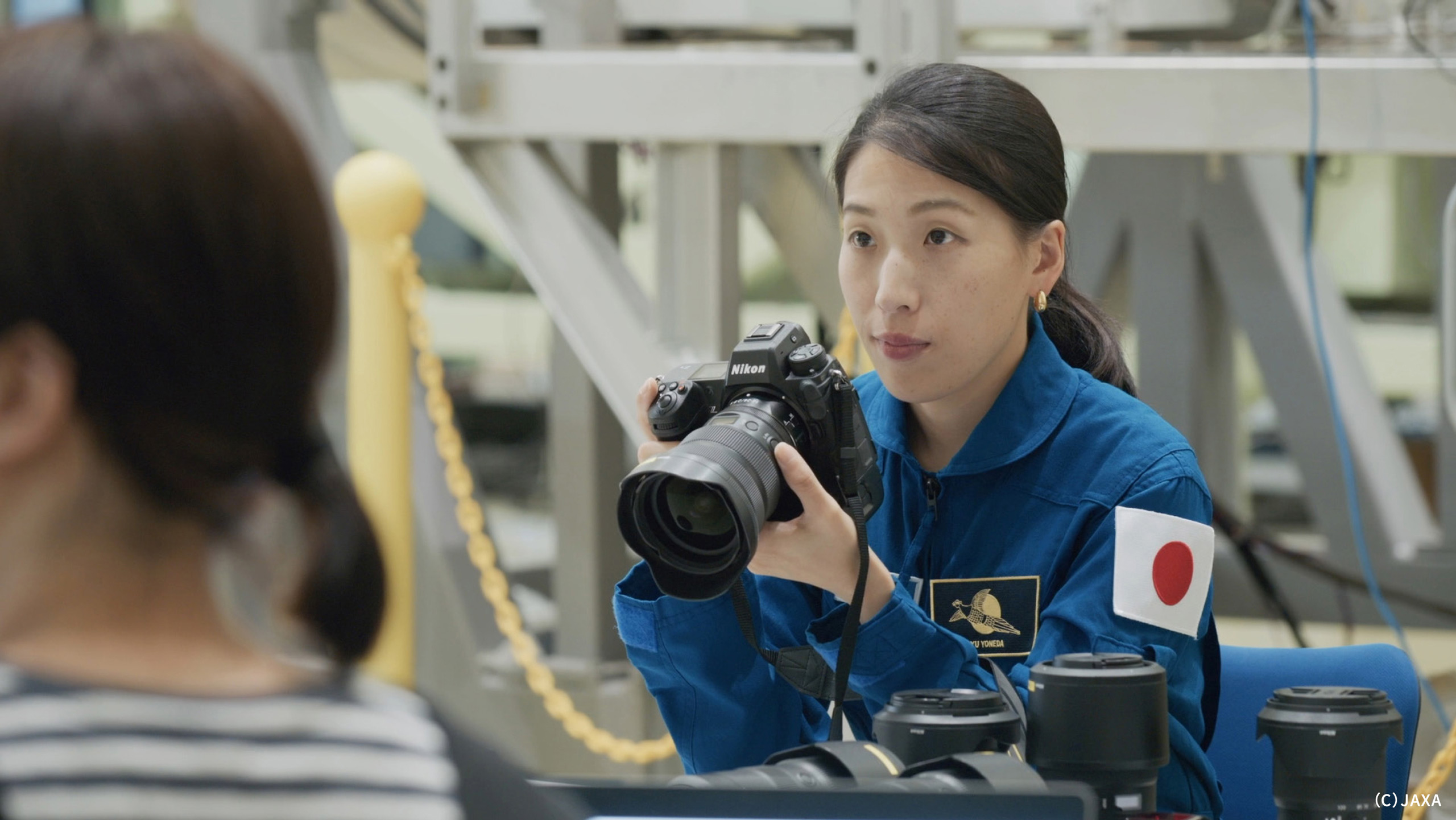
Astronauts take on a range of missions, from relaying information to Earth and documenting scientific experiments to conducting public outreach. To prepare them for these tasks, a training program that simulates real-world photography conditions aboard the ISS was designed. Held over four sessions at a full-scale mock-up of the "Kibo" laboratory module at Tsukuba Space Center, the training covered both theory and hands-on practice. Astronauts learned camera operation, photo and video techniques, precise focusing, and how to effectively use flash.
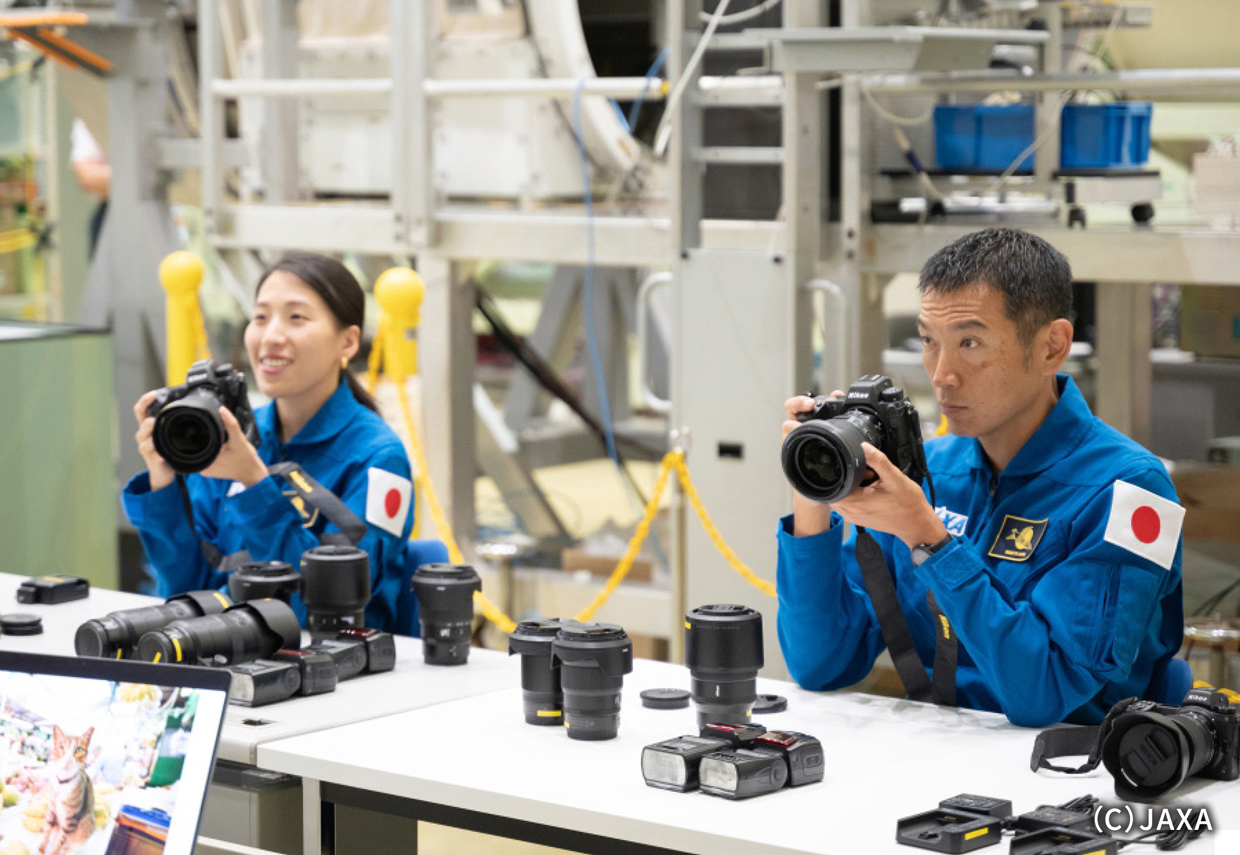
One key aspect of the program was its approach through four sessions. Instead of condensing everything into a short, intensive course, the sessions were spaced over time. Between sessions, the astronauts were given cameras to use in their daily lives, helping them become more comfortable with the equipment through regular practice.

Another crucial focus was purposeful photography — understanding who the images are for, and what needs to be conveyed. In space, every image serves a purpose and there is little room for error. Astronauts must consider whether they are photographing landscapes, documenting scientific evidence, or taking self-portraits for outreach. If the goal is to simply record facts, modern cameras' automatic control functions can handle much of the work. However, astronauts need to go beyond that to accomplish their various missions — they need to convey the reality of space even more accurately to those on the ground. This is why taking a photo is about much more than simply pressing the shutter button; they need to understand camera settings, adapt to different conditions, and think critically about how to convey their experiences beyond what is written in instruction manuals. With its long-standing involvement in space missions — supplying cameras and lenses for the ISS — Nikon meticulously structured its training to prepare astronauts for a wide range of potential shooting scenarios.
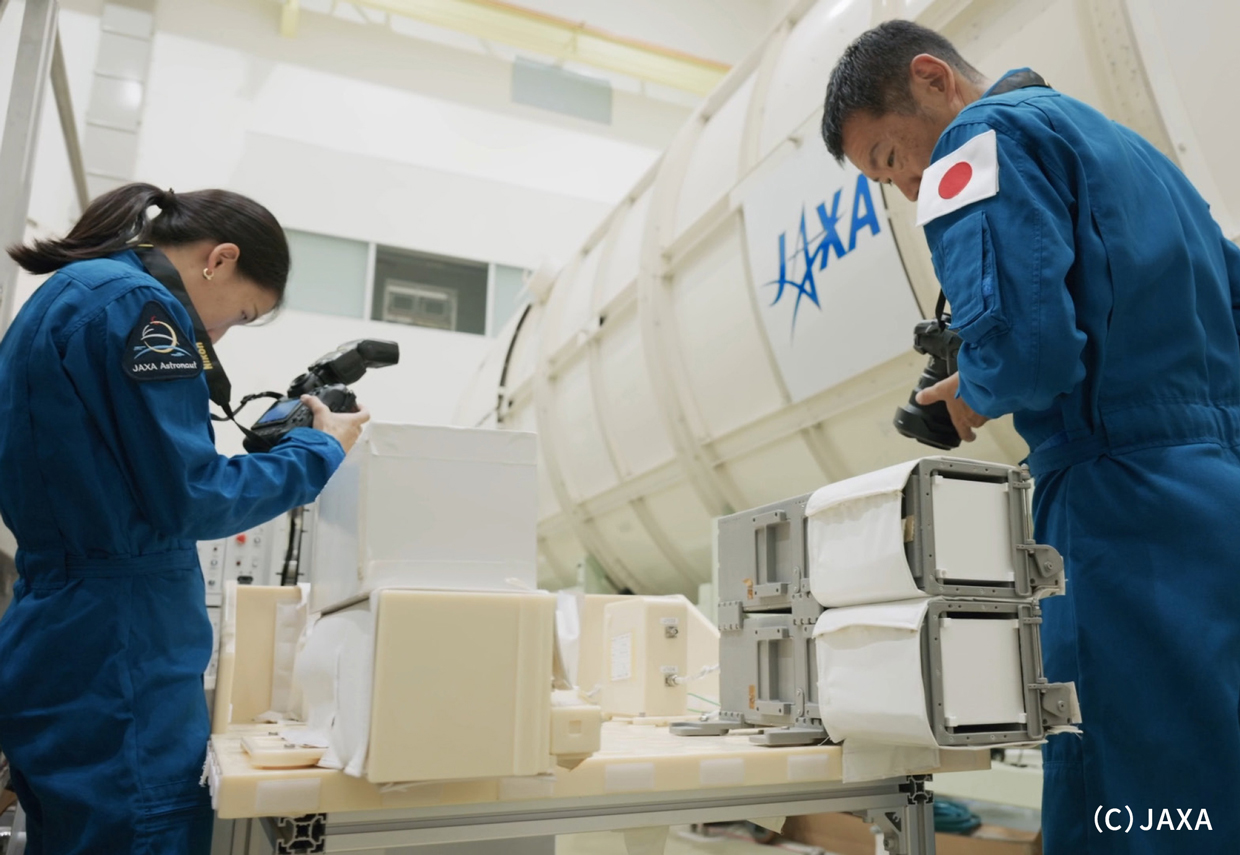
The sessions were engaging and interactive, with both astronauts actively participating and asking questions. After completing the program, they shared their thoughts:
"Training with the same equipment used on the ISS was incredibly valuable. In zero gravity, our sense of spatial awareness is completely different from here on Earth. Nikon provided practical advice, like 'Holding the camera steady will be challenging — securing it to an arm could make shooting easier.' These insights helped me understand each step more clearly," said Suwa.
"I truly realized the importance of thinking about 'who we are capturing images for and what we want to communicate,'" added Yoneda. "Receiving direct lessons made it easier to understand not just which settings to use in different situations, but also why. The experience made me enjoy photography even more, and I hope to share what we see and feel in space as vividly as possible with everyone on Earth."
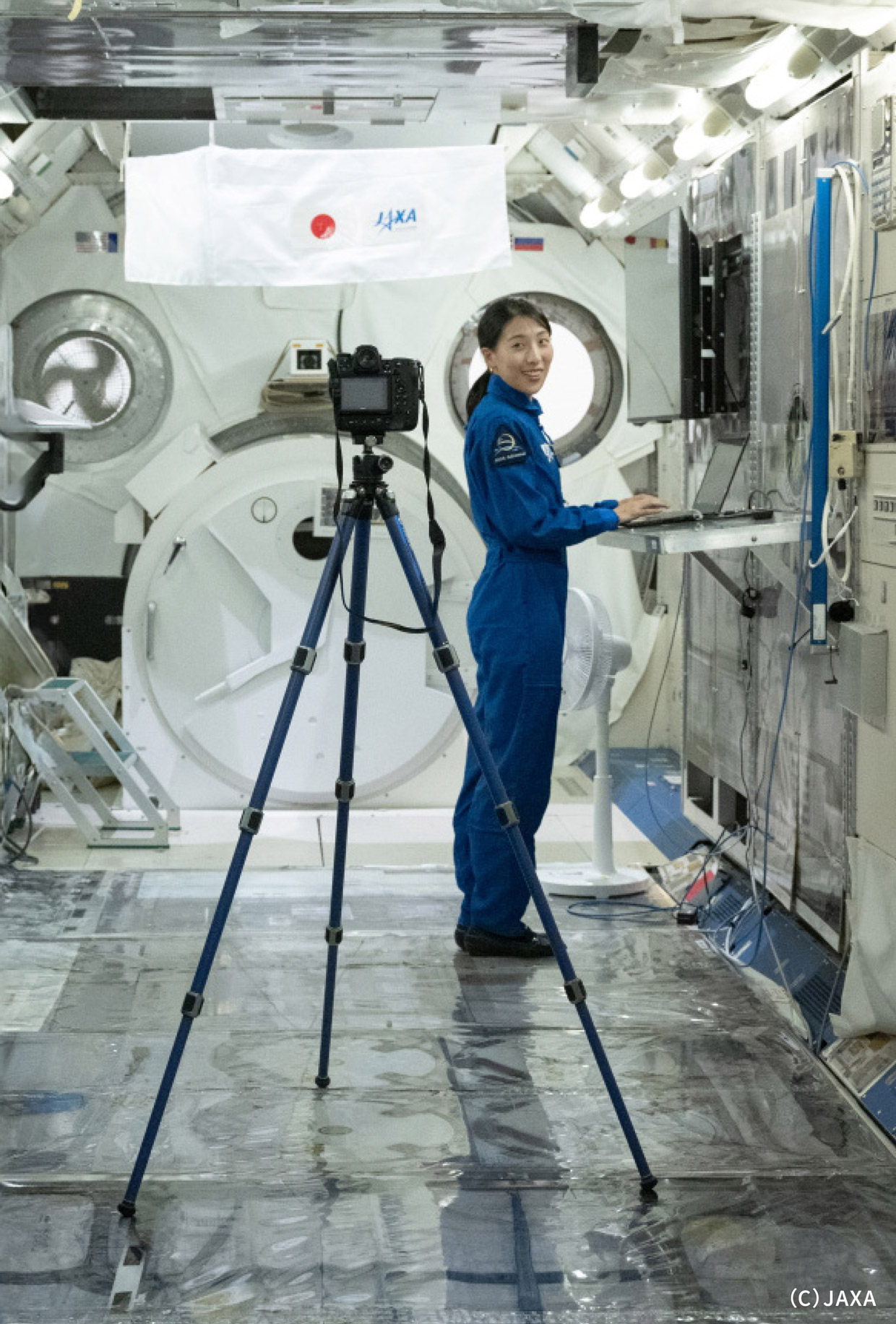
Photographs taken by the astronauts

Suwa capturing a self-portrait with a self-timer
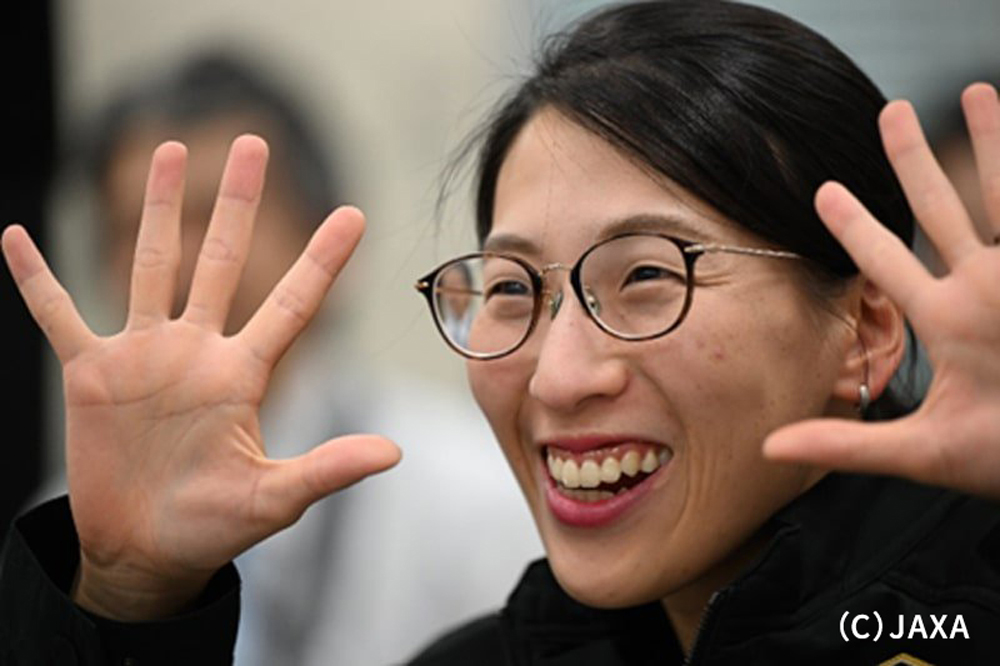
A candid moment showcasing Yoneda's natural expression
Nikon's future contribution to space science
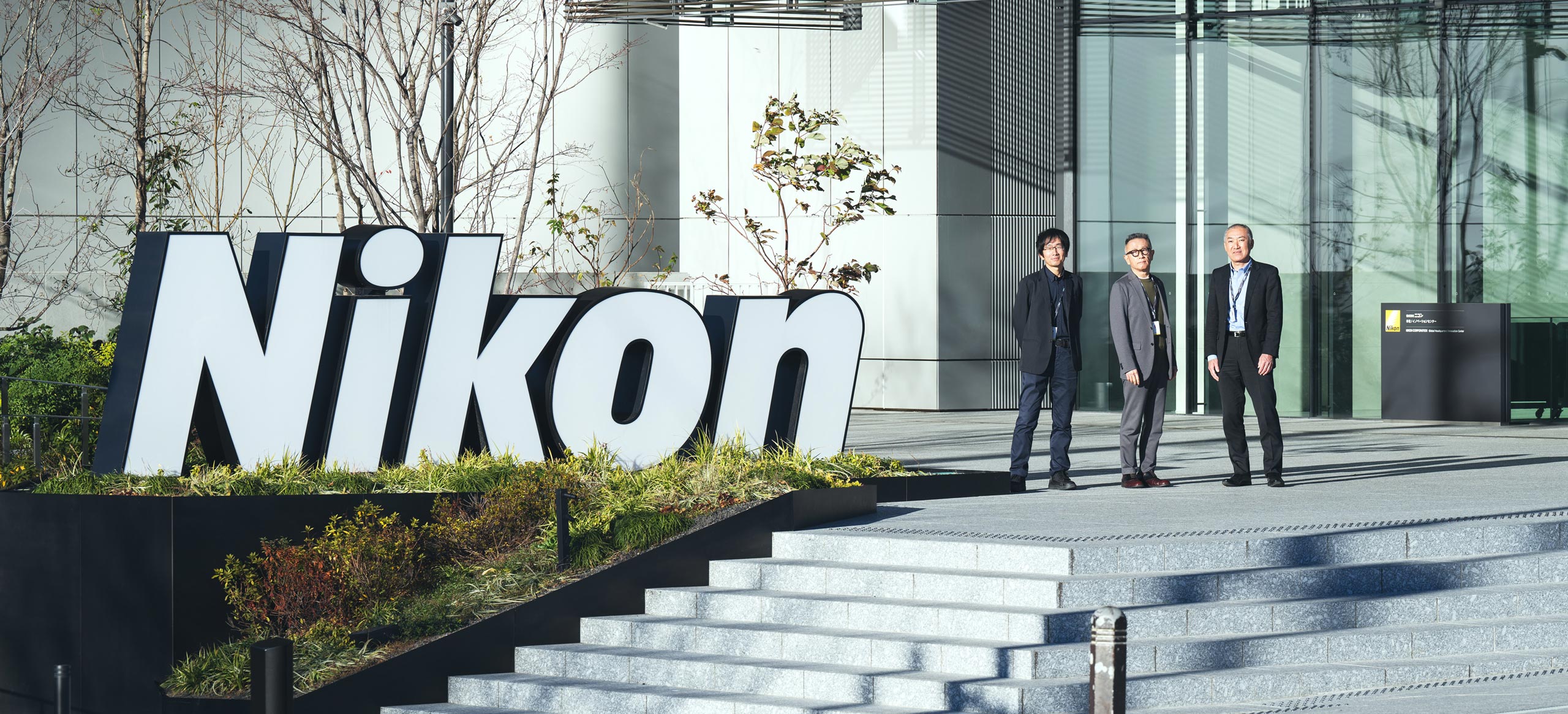
After completing their training, what kinds of new perspectives will these two astronauts bring to us in the future?
"The two astronauts who will be making their mark in space are pioneers who will help shape our future," says a Nikon team member. "Their images of space captured through cameras will offer us hope and a fresh perspective here on Earth. The footage taken in space will contribute to scientific progress and help bring humanity's dreams closer to reality. This training reinforced how imaging plays a vital role in space missions, and we will be thrilled if our work helps to bridge the gap between space and Earth."
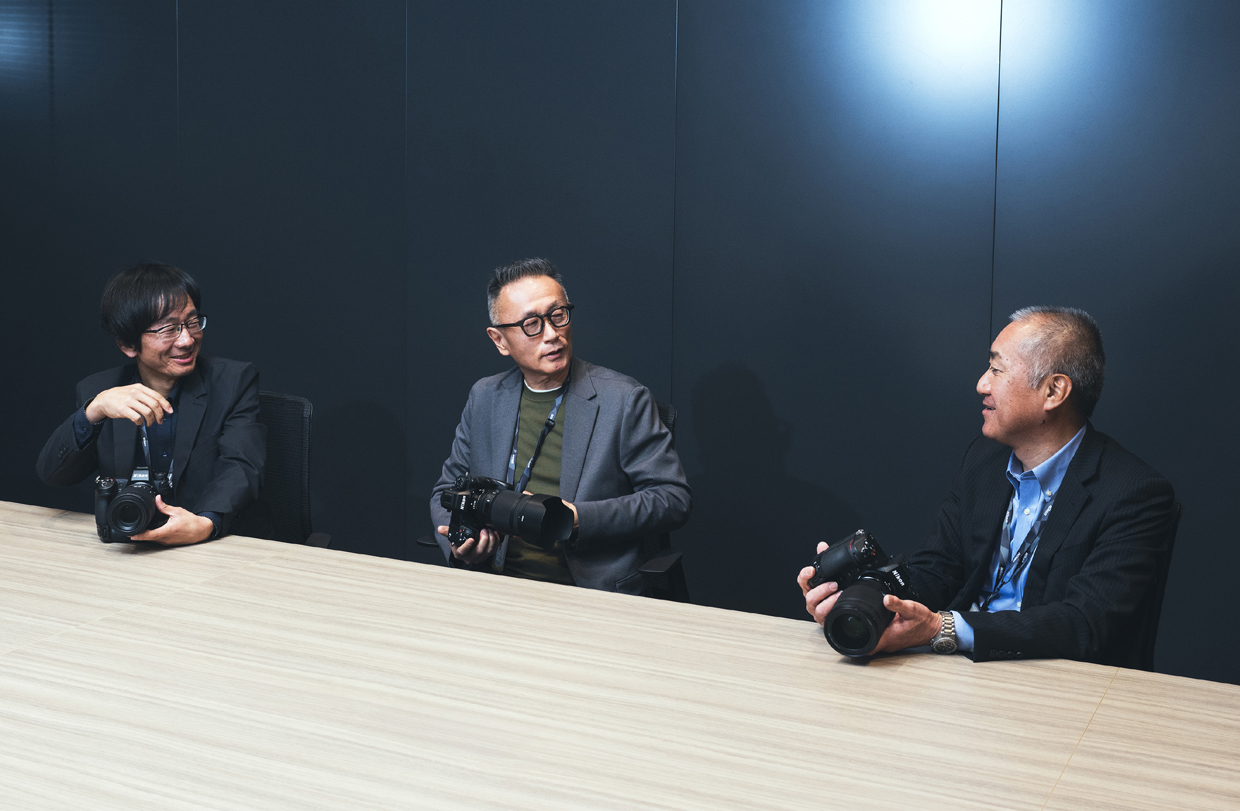
When expressing something that people have never seen before, words alone often fall short of conveying the full reality. For example, saying the words "the Earth looked blue" doesn't create anywhere near the same impact as showing exactly what it looked like in an image. Visuals communicate so much more, and their effects on viewers can be immense — whether they spark wonder, inspire, or motivate action. Photography and video hold that power, and Nikon's role is to ensure that these moments can be properly documented, even in the extreme environments of space.
As part of our sustainability strategy, we at Nikon are focused on "contributing to society through creativity" and "creating social value through core technologies." Through a training program such as this, Nikon hopes to support the dreams of humanity while using the insights gained from cameras that have traveled to space to improve future product development and further contribute to the advancement of space science.
Related SDGs
SDGs: Sustainable Development Goals
In 2015, the international community adopted a set of targets for sustainable development, to be achieved by 2030. The 17 global goals address issues such as poverty, hunger, education and climate change.
Highlight
- The Power of Imaging: Bridging Space and Earth
- Exploring possibilities for imaging expression with the creators of tomorrow
- Riblet Processing — A Technological Innovation for Aircraft Leading Toward Achieving Carbon Neutrality
- Reusing semiconductor lithography systems to reduce waste
- Supporting children’s education in Laos
- Providing solutions for iPS cell-based drug discovery
- Reducing CO2 emissions from lens manufacturing process through technology
- Product Manufacturing and Social Contributions through Sharing Our Vision with Procurement Partners
- Fostering “Image Culture” through the Nikon Photo Contest A Conversation with those Inspired by Photography
- Worldwide employee training: ensuring Nikon remains a company that people trust
- Superior quality born from a collaborative production process

